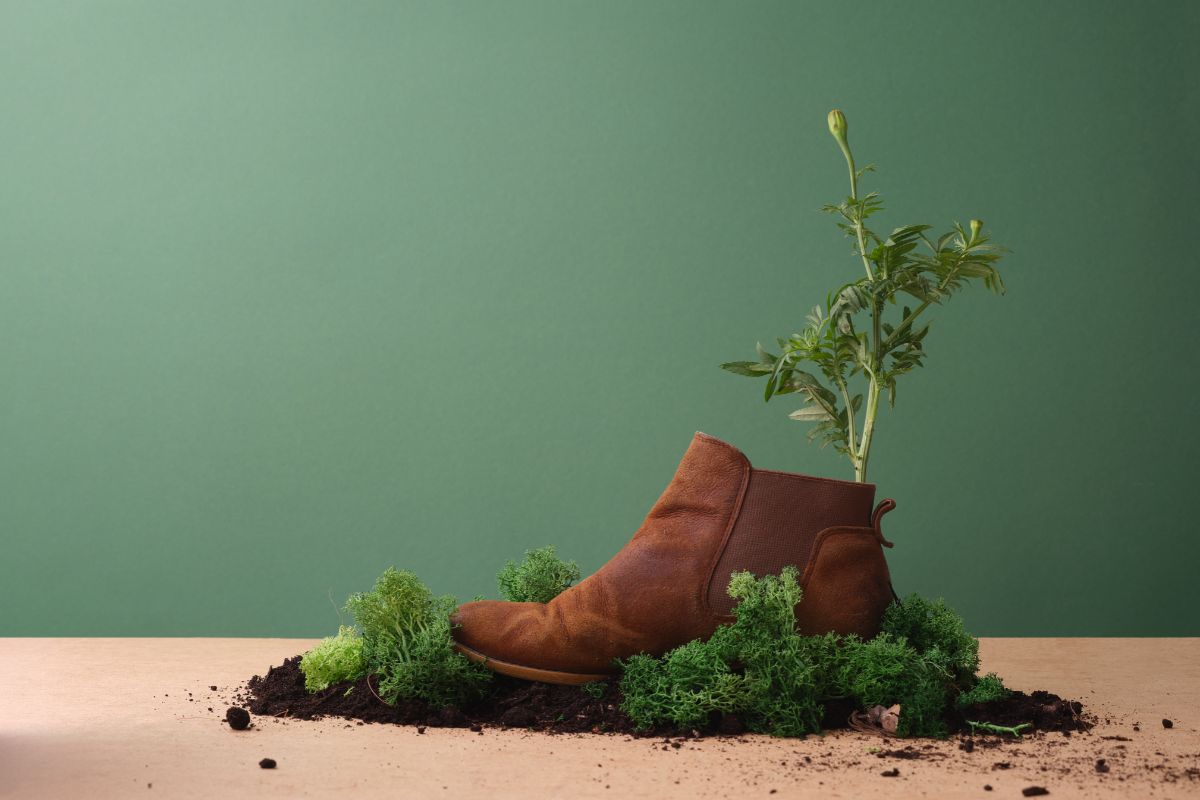Introduction
The global footwear industry is undergoing a massive transformation as sustainability takes center stage. With growing concerns over environmental impact, consumers are demanding eco-friendly alternatives that do not compromise on style, comfort, or durability. The rise of sustainable footwear reflects a shift in consumer consciousness and industry innovation, offering a promising solution to reduce carbon footprints and promote ethical production.
Why Sustainable Footwear Matters
The traditional footwear industry contributes significantly to environmental degradation. The use of non-biodegradable materials, excessive carbon emissions, and unethical labor practices have long plagued the industry. Sustainable footwear addresses these concerns by utilizing eco-friendly materials, adopting ethical production methods, and reducing waste. Here’s why sustainable footwear is gaining momentum:
1. Eco-Friendly Materials
Sustainable footwear brands are leveraging innovative materials like:
- Recycled Plastics – Turning plastic waste into durable shoe components reduces landfill and ocean pollution.
- Organic Cotton – A pesticide-free alternative to conventional cotton, reducing water consumption and chemical use.
- Plant-Based Leathers – Materials like mushroom leather, apple leather, and pineapple fiber provide cruelty-free and biodegradable options.
- Natural Rubber – Ethically sourced and biodegradable, making it an excellent alternative to synthetic rubber.
2. Ethical Manufacturing Processes
Sustainable brands prioritize fair wages, safe working conditions, and responsible sourcing. Many brands adhere to fair-trade standards and actively support marginalized communities through employment opportunities.
3. Reduced Carbon Footprint
Manufacturers are minimizing energy consumption by using renewable energy sources and adopting low-impact production techniques. Some brands also participate in carbon offset programs to balance their emissions.
4. Circular Economy Approach
Many sustainable footwear brands are embracing circular fashion by promoting recycling, upcycling, and take-back programs. This approach ensures that shoes do not end up in landfills but are instead repurposed into new products.
Leading Brands in Sustainable Footwear
Several footwear brands are leading the charge in sustainable fashion. Some of the most notable include:
- Allbirds – Known for their merino wool, eucalyptus fiber, and sugarcane-based shoes, Allbirds prioritize comfort and sustainability.
- Veja – A brand famous for its eco-conscious sneakers made with wild rubber from the Amazon and organic cotton.
- Adidas x Parley – Adidas collaborates with Parley for the Oceans to create shoes from recycled ocean plastics.
- Rothy’s – Uses recycled plastic bottles to produce stylish and comfortable footwear.
- Nike’s Move to Zero Initiative – Nike is incorporating recycled materials into their production and reducing overall emissions.
How Consumers Can Contribute
Adopting sustainable footwear is not just about purchasing eco-friendly shoes; it also involves responsible consumer behavior:
- Buy Less, Choose Better – Invest in high-quality, durable shoes instead of fast fashion alternatives.
- Support Ethical Brands – Research and purchase from brands that prioritize sustainability.
- Recycle & Upcycle – Donate or repurpose old shoes instead of discarding them.
- Opt for Repair Over Replacement – Extending the lifespan of footwear reduces waste and consumption.
- Look for Certifications – Labels like Fair Trade, Global Organic Textile Standard (GOTS), and Leather Working Group (LWG) indicate sustainability efforts.
The Future of Sustainable Footwear
The footwear industry is embracing innovation with exciting new technologies. From biodegradable shoe soles to 3D-printed shoes that minimize waste, the future of sustainable footwear looks promising. Consumer awareness, coupled with brand commitment, will continue driving the industry towards greener alternatives. With technological advancements and shifting consumer habits, sustainable footwear is set to become the new norm rather than an exception.
FAQs on Sustainable Footwear
1. What makes footwear sustainable?
Sustainable footwear is made using eco-friendly materials, ethical production practices, and processes that reduce carbon footprints. It focuses on durability, recyclability, and minimal environmental impact.
2. Are sustainable shoes as durable as traditional footwear?
Yes, many sustainable shoes are designed to be just as durable, if not more so, than traditional footwear. Materials like recycled rubber, plant-based leathers, and high-quality organic cotton ensure longevity.
3. Do sustainable shoes cost more?
Sustainable shoes can be slightly more expensive due to ethical labor practices, high-quality materials, and environmentally friendly processes. However, their durability often makes them a cost-effective long-term investment.
4. How can I dispose of my old shoes sustainably?
You can donate them to charities, repurpose them for DIY projects, or return them to brands that offer recycling programs. Some companies also provide take-back programs to ensure proper disposal or repurposing.
5. Are vegan shoes the same as sustainable shoes?
Not necessarily. While vegan shoes do not use animal-derived materials, they may still contain synthetic components that are harmful to the environment. Sustainable footwear focuses on the entire lifecycle of the shoe, including ethical sourcing and eco-friendly production.
6. Where can I buy sustainable footwear?
Many sustainable footwear brands sell online through their websites, as well as through eco-conscious marketplaces and retailers. Some major retailers are also incorporating sustainable collections in their product lines.
Conclusion
The rise of sustainable footwear marks a significant shift towards a more responsible fashion industry. By choosing eco-friendly shoes and supporting ethical brands, consumers can make a positive impact on the planet. As innovation continues, sustainable footwear will not only become more accessible but also redefine the standards of style, comfort, and responsibility in the footwear industry. It’s time to step into a greener future—one shoe at a time!




I savor, cause I discovered exactly what I was looking for. You have ended my four day long hunt! God Bless you man. Have a nice day. Bye